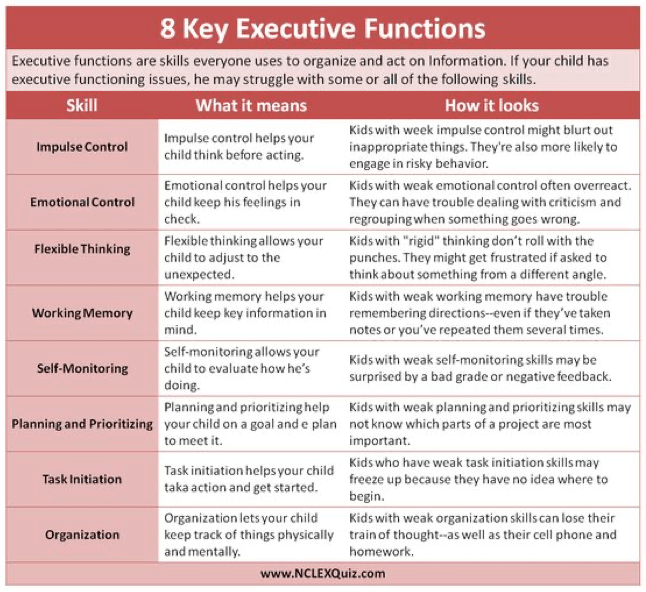If you looked at my workspace today, you would never know that I was the 7th Grader running to class with papers flying out of her backpack and digging for homework assignments in her binders. The work was always well done – if I remembered to hand it in on time. Nights were met with frustration from my parents as they helped me complete science projects I forgot were due the next day, and tried to make sense of the scribbles in my assignment book (if I remembered to write them down, or bring it home).
Organization has never been something that came easy to me. I had gotten by in Elementary School, but everything changed when Middle School hit and we started changing classes and using different binders for different subjects. I was drowning and my grades began to suffer, which then lowered my self-esteem and made me care less about doing my best. Unfortunately, this is a cycle that we see far too often. Bright kids with a passion for school, who end up feeling “less than” because they haven’t been given the right tools.
It wasn’t until High School that I was tested and diagnosed with ADD. I ended up switching schools in 11th Grade, which saved me academically. I needed a different style of learning, more individualized attention, and most importantly, structure. What I needed was Executive Functioning.
There are eight key executive functions, which are also highlighted with more detail in the image below:
- Impulse Control
- Emotional Control
- Flexible Thinking
- Working Memory
- Self-Monitoring
- Planning & Prioritizing
- Task Initiation
- Organization

I can honestly say that I struggled with six out of the eight different functions. Getting individualized attention helped save me in school, and even more so as an adult in a professional environment. I was an Event Planner for over a decade, which as you can imagine requires a ton of executive functioning skills. Knowing that I need structure in my day, I have my Outlook Calendar filled with a schedule of tasks for the day. I have a whiteboard above my desk with a list of priorities (crossing them off one by one feels amazing). My emails are arranged in files by month, then category, then alphabetically.
Now that I am working from home, the structure looks a bit different and I needed to regroup. Shifting to a work from home – or learn from home – environment can wreak havoc on everything that one might be used to. Our team has a brief touch-base every morning to go over our days. I let my new boss know that I work well with structure, and we now have a meeting at the beginning of each month to review goals and deadlines. Seeing the deadlines written in front of me makes tasks less daunting and gives a much needed sense of control.
Our kids need that same sense of control and accountability. The changes this past year are not only scary, but they are hard (for children AND parents). Creating a routine with structure gives us all a sense of normalcy in a time that is definitely NOT normal. Whether that is an outside resource working with your kids once a week, or reviewing their daily and weekly goals as a family, it is important to find what works best for your family. No one kid is the same and what works for one, might not work for another. Think outside the box and always feel free to reach out for support.
Here are some tips from the National Center for Learning Disabilities:
- Take a step-by-step approach to work.
- Rely on visual aids to get organized.
- Use tools like time organizers, computers, or watches with alarms.
- Make schedules, and look at them several times a day.
- Ask for written and oral instructions whenever possible.
- Plan for transition times and shifts in activities.
Have you found a strategy that works for your child? Comment Below!
Learn Something New,
Marissa

